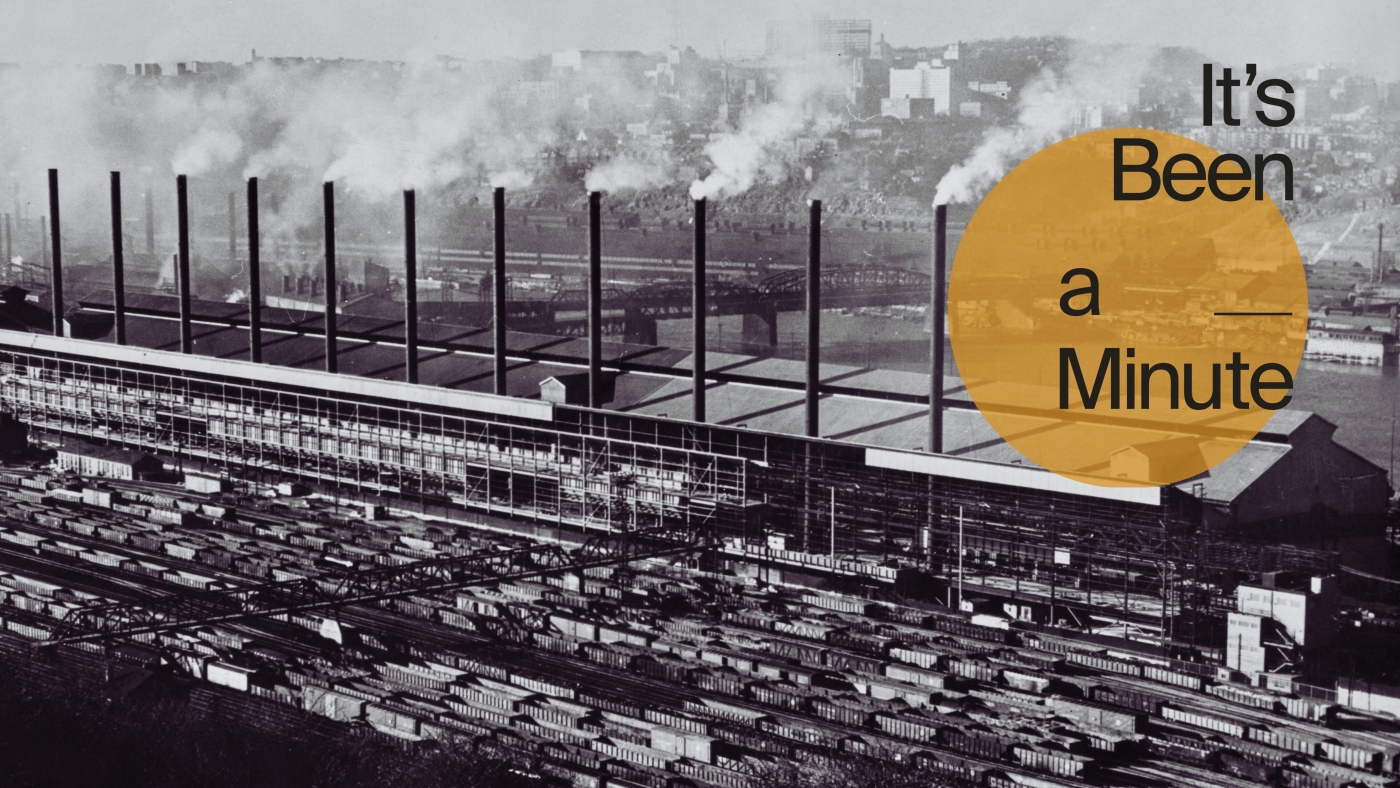The Shifting Landscape of American Manufacturing: Nostalgia vs. Reality
Introduction: The Allure of the Past
There’s something undeniably compelling about the idea of reviving America’s industrial might—the image of bustling factories, steady paychecks, and communities built around manufacturing work. Politicians often tap into this nostalgia, promising to “bring back factory jobs” as if turning back the clock were as simple as adjusting trade policies. But the reality is far more complex. Manufacturing today isn’t what it was in the 1950s, and the challenges facing the sector go beyond tariffs and trade deals.
The Myth of the “Golden Age” of Manufacturing
A Sector in Transition
At its peak in 1979, U.S. manufacturing employed 19.6 million workers. Today, that number has dwindled significantly, not just because of offshoring but because of automation, efficiency gains, and the changing nature of production. The jobs that remain are different—they require technical skills, adaptability, and often, advanced training.
The Skills Mismatch
One of the most striking contradictions in today’s manufacturing landscape is the existence of 400,000 unfilled jobs (as reported by the National Association of Manufacturers) alongside persistent unemployment in former industrial hubs. Why? Because the jobs available aren’t the same as those that disappeared. Modern factories need workers who can program robots, operate CNC machines, and troubleshoot automated systems—not just assemble parts on a line.
Why Tariffs Alone Won’t Bring Jobs Back
The Limits of Trade Policy
Tariffs may protect certain industries in the short term, but they don’t address the deeper forces reshaping manufacturing:
– Automation: Machines now do what humans once did, and they do it faster and cheaper.
– Global Supply Chains: Even if tariffs make imports more expensive, companies may still rely on overseas components.
– Consumer Demand: Cheap goods have become an expectation—reversing globalization entirely is unrealistic.
The False Promise of “Reciprocal Tariffs”
The idea that imposing tariffs will force companies to relocate production back to the U.S. ignores a key fact: manufacturing isn’t just about labor costs anymore. Automation means that even if factories return, they may employ far fewer people than before.
The Cultural Nostalgia Problem
The Romance of Blue-Collar Work
There’s a pervasive cultural longing for the days when a high school diploma could secure a stable, well-paying factory job. But this nostalgia overlooks the harsh realities of those jobs—repetitive, physically demanding, and often dangerous work.
The Disconnect Between Perception and Reality
Many people today feel alienated by “email jobs” and crave the tangible output of manufacturing work. But the modern economy doesn’t run on assembly lines alone. The challenge is bridging the gap between the jobs people *imagine* and the jobs that actually exist.
The Automation Dilemma: Fewer Jobs, Higher Skills
Robots Don’t Take Coffee Breaks
Automation isn’t just coming—it’s already here. From self-driving forklifts to AI-powered quality control, technology is reducing the need for human labor in factories.
The Rise of “New Collar” Jobs
The future of manufacturing isn’t in manual labor but in high-tech roles:
– Industrial robotics technicians
– 3D printing specialists
– Supply chain analysts
These jobs pay well but require training beyond what many displaced workers currently have.
A Path Forward: What Actually Works?
Investing in Education and Training
– Vocational programs that align with industry needs.
– Apprenticeships that combine classroom learning with hands-on experience.
– Retraining initiatives for displaced workers.
Rethinking Economic Policy
Instead of focusing solely on tariffs, policymakers should consider:
– Tax incentives for companies that invest in U.S.-based R&D.
– Infrastructure upgrades to support advanced manufacturing.
– Support for small manufacturers adapting to new technologies.
Conclusion: Beyond Nostalgia—Building a Sustainable Future
The dream of reviving American manufacturing isn’t dead—it’s just evolving. The factories of the future won’t look like those of the past, and the jobs they provide will demand new skills. Rather than clinging to outdated policies, the focus should be on preparing workers for the jobs that actually exist and fostering an environment where innovation thrives.
The real question isn’t *how to bring back old jobs*—it’s how to create new ones that offer the same stability and pride that manufacturing once did. That requires more than tariffs; it demands vision, investment, and a willingness to adapt.











